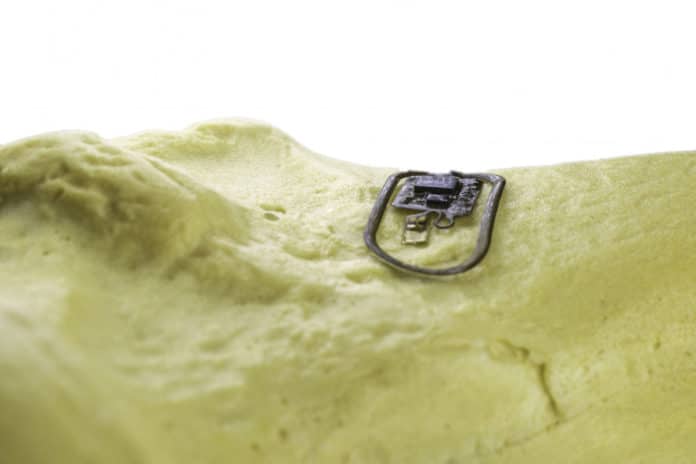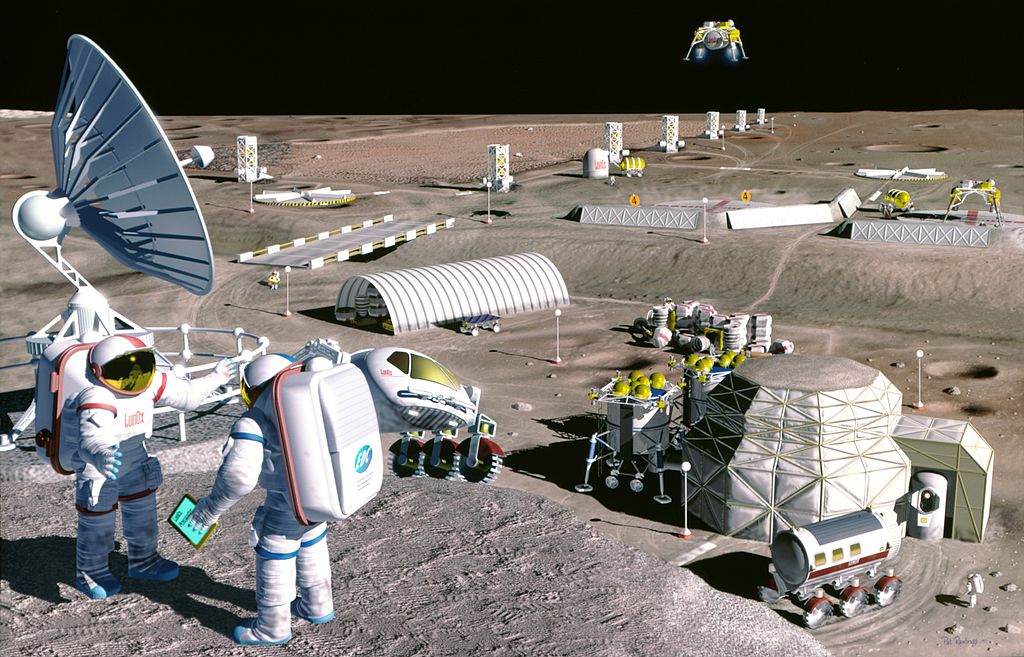Deep Fission’s Innovative Approach to Nuclear Power
Deep Fission, a pioneering startup, is at the forefront of developing a new approach to nuclear power generation: underground reactors. By burying these reactors deep beneath the Earth’s surface, Deep Fission aims to create a safer, more efficient, and more cost-effective energy source.
Their innovative concept involves constructing a reactor with a diameter of less than 30 inches (76 cm) and placing it in a drill shaft extending a mile (1.6 km) underground.
Challenges Facing Conventional Nuclear Power
Nuclear power, with its potential to provide virtually limitless energy through matter breakdown, has long been seen as a game-changer for humanity. However, safety concerns, costs, and political resistance have slowed its adoption, particularly in the countries that pioneered the technology.
Conventional nuclear power plants have faced criticism due to safety concerns, high construction costs, and complex nuclear waste management. Accidents like the Chernobyl and Fukushima disasters have heightened public apprehension about nuclear safety. Additionally, the high upfront costs of building and operating nuclear plants make it challenging to compete with other energy sources. The safe disposal of nuclear waste remains a significant challenge, requiring long-term storage in deep geological repositories.
Deep Fission’s Solution
Deep Fission’s approach leverages a mile-deep underground environment to address these challenges. Their reactor, a simplified pressurized water reactor (PWR), operates without large pressure vessels or containment buildings, relying on natural pressure from the water column. It features minimal moving parts and a self-regulating design that shuts down automatically if overheating occurs. The company’s mission is to make nuclear power viable for applications like powering remote areas and AI data centers.
Although still in development, Deep Fission envisions their technology as a cost-effective, scalable solution to global energy needs.







